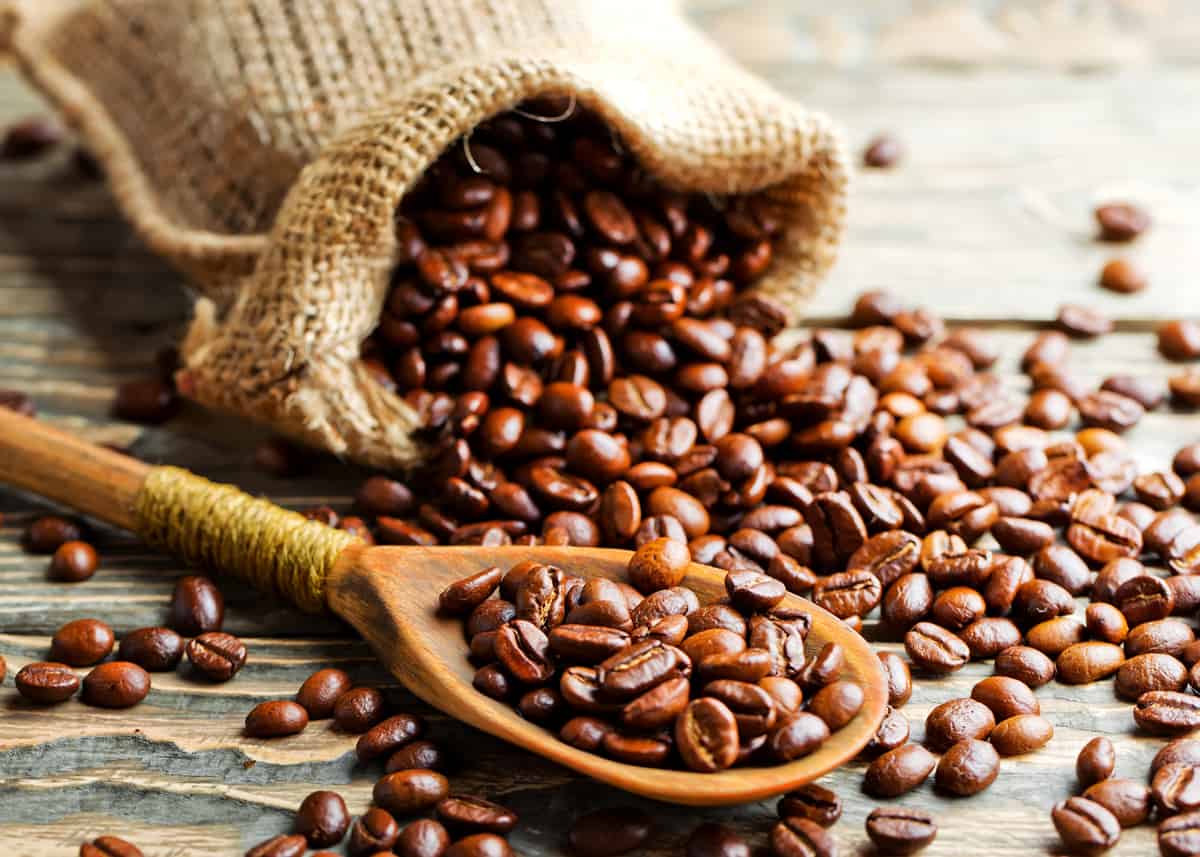Have you ever wondered, while enjoying a nice cup of coffee, how this delicious drink came to be? How a handful of cherries picked from a tree half a world away became the aromatic, energizing beverage in your mug?
The life-cycle of a coffee bean is truly fascinating, and understanding how much distance a coffee bean travels, and how many steps it has to go through before becoming the recognizable powder you pour into your French press or espresso machine every morning will help you deepen your appreciation for your favorite cup of joe.
Cultivation and Harvest
Coffee starts its life as the fruit of a certain genus of tree, the coffea. Most coffee comes from the Coffea arabica species (the origin of the term “Arabica coffee”), but Coffea canephora trees also supply beans for “Robusta” coffee.
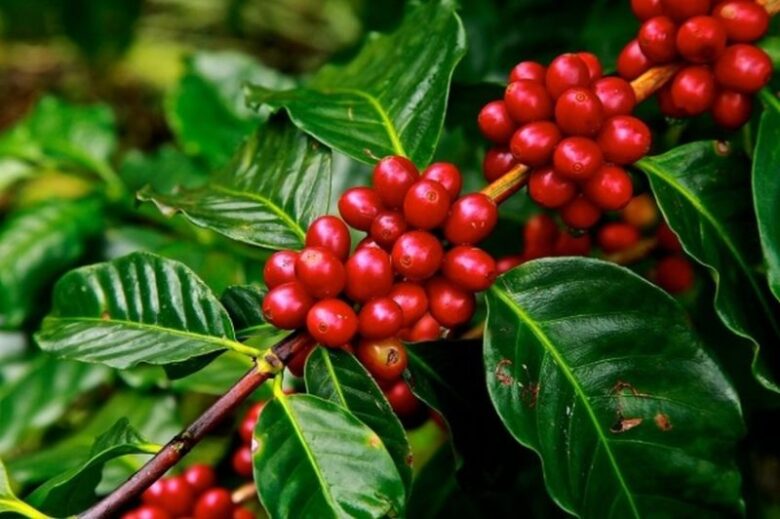
Coffea trees only grow in the tropics and tend to produce better at higher elevations. For this reason, most coffee is grown in countries in Africa, South East Asia, and Latin America. The cherries, which each contain two beans, take nine months to mature, at which point they are harvested using machines — or, in more mountainous plantations, by hand
Pulping and Fermenting

Once the cherries have been harvested, twigs and stems are removed, and they are filtered to remove unripe cherries. The cherries are then pulped, to remove the fruit of the cherry, and then fermented in the pulp so the sugars in the fruit can produce the acids that will give the coffee its particular flavor profile.
Milling and Grading
After fermentation, the coffee beans are dried to remove moisture. Traditionally, coffee beans were sundried. In some places, this practice still holds, but in more industrial operations industrial heat exchangers have been incorporated to speed up the drying process and ensure more uniform drying occurs (you can click here to get more information about how these industrial heat exchangers make the process more streamlined and hygienic).
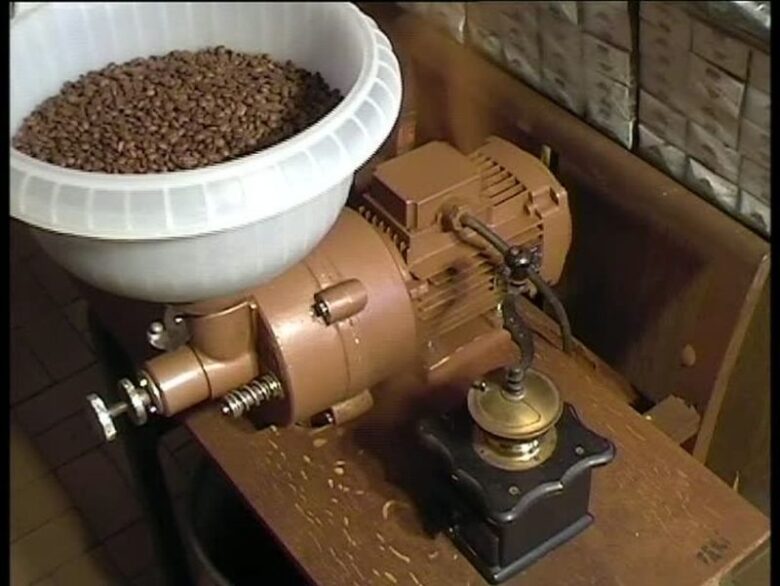
The dried beans are then milled to remove any remaining husks and polished to bring out the quality of each bean. It is at this point that professional coffee graders will sort and classify the coffee beans based on any defects they might have.
Roasting and Grinding
The graded coffee is now ready to be shipped off to international buyers. In most cases, the beans will not be roasted until they arrive at their destination, at which point they will be packaged for distribution.
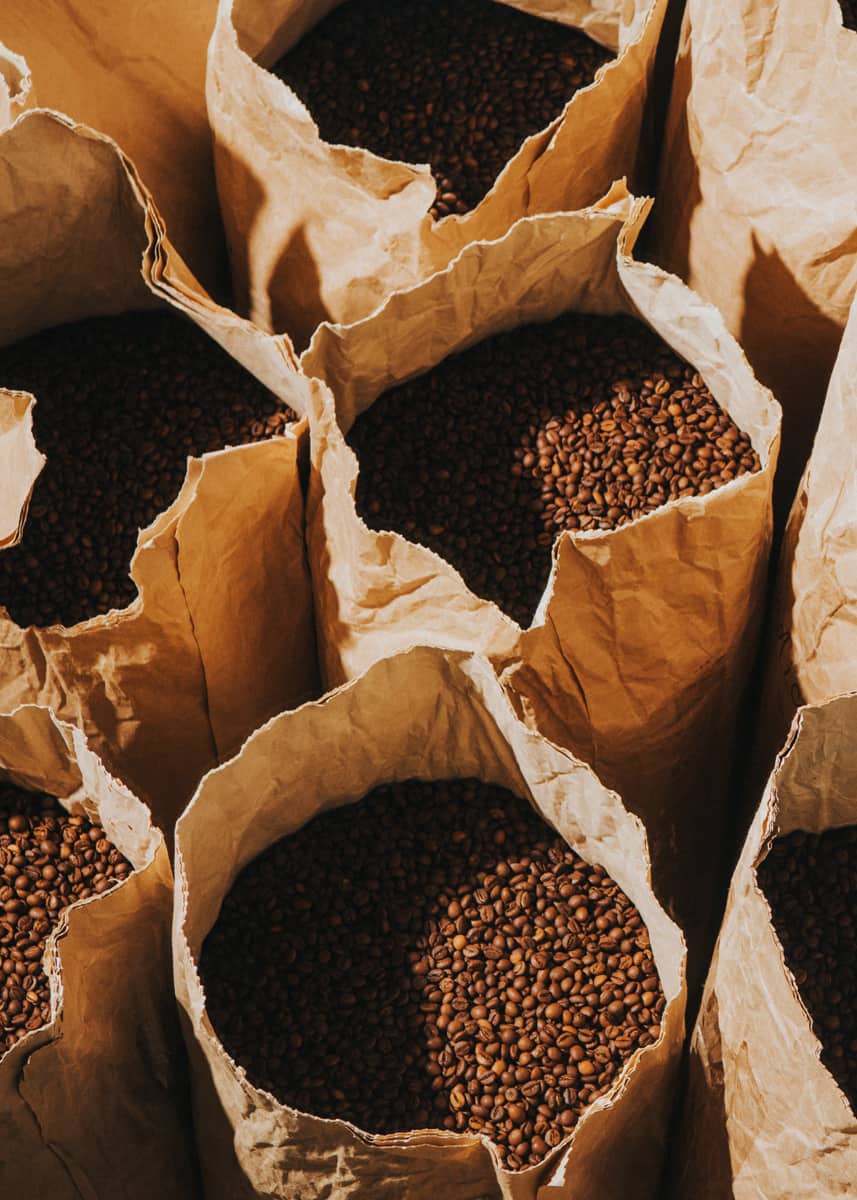
Roasting is one of the most essential steps in the process, and imparts beans with their particular aroma, flavor, and look. According to Vivarin, while roasting does not, contrary to popular belief, affect how much caffeine the coffee contains, a darker roast imparts a richer, earthier flavor, while a lighter roast tends to be more floral.
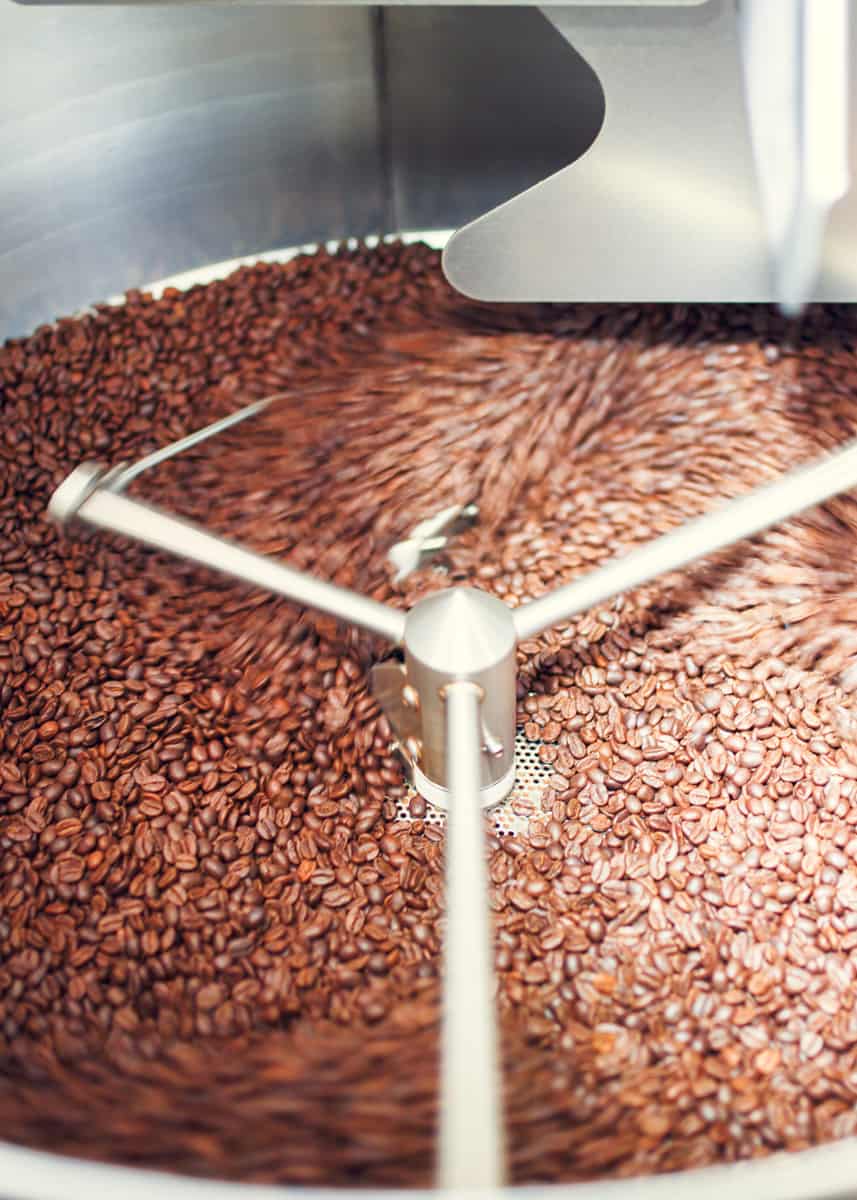
Finally, the coffee is ground. Grinding doesn’t change the flavour of the coffee, but it does determine how quickly it will steep. Coffee in a drip filter, for example, needs to be much finer than the one that will be used in a French press.

For most of us, starting the day without coffee is unimaginable, but understanding just how many steps going into creating this remarkable brew can only make that first cup of the day even more satisfying!


